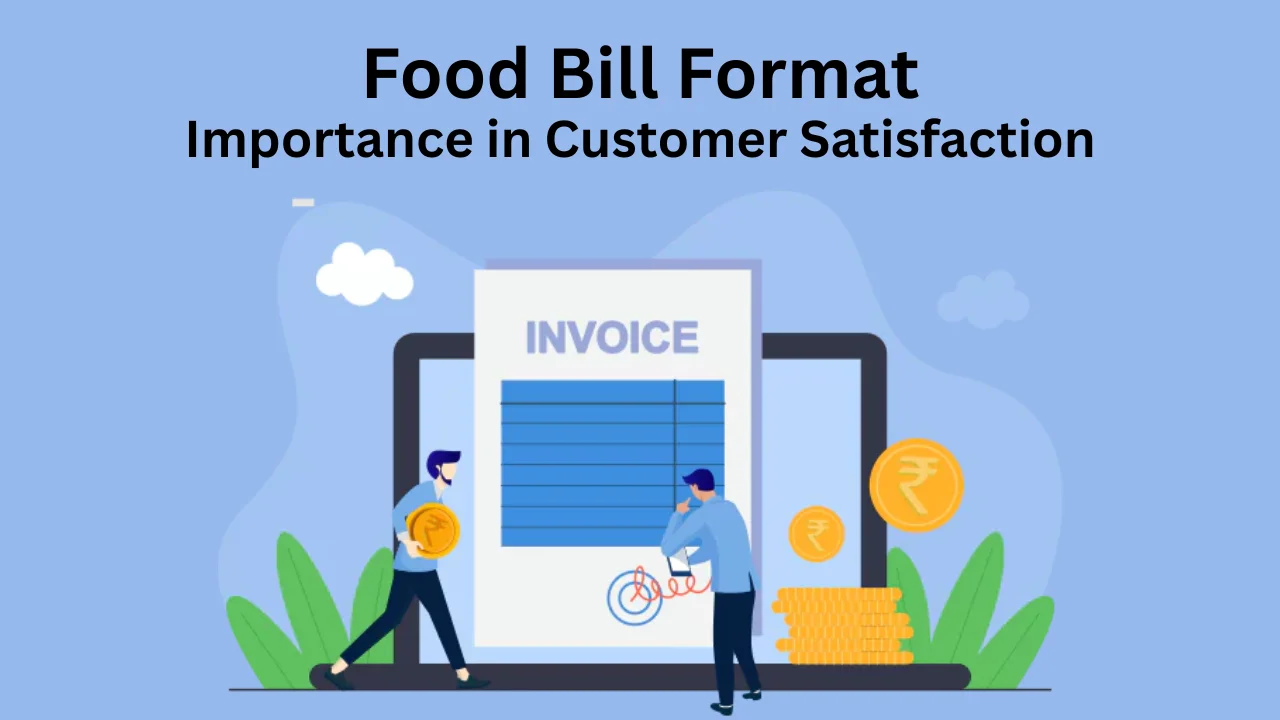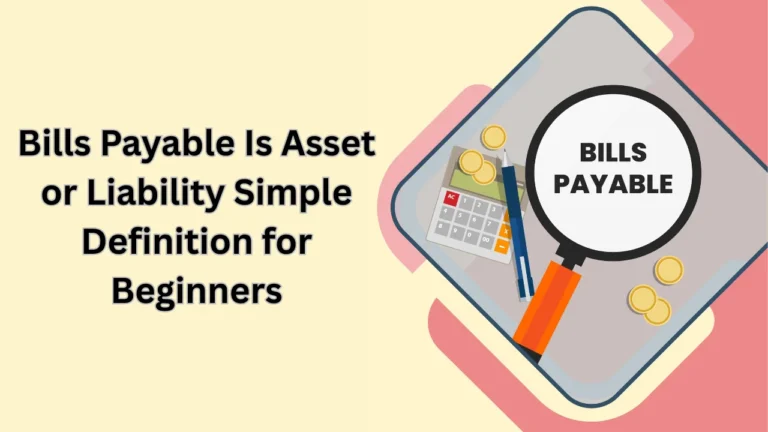Running a restaurant or café requires careful management of billing, records, and customer satisfaction. One of the most important elements in this process is the food bill format. It not only helps customers understand what they are paying for but also allows the business to maintain accurate records. Just like financial institutions rely on tools such as zila sahkari bank balance check number to verify details, restaurants need a clear and well-structured billing process for smooth operations.
What is a Food Bill Format?
A food bill format is a structured design of how a restaurant or café presents a bill to its customers. It usually contains details like the name of the restaurant, items ordered, quantities, unit prices, total cost, discounts, service charges, and taxes. This layout makes sure that both the customer and the restaurant staff have a transparent record of every transaction.
Bills are important documents, and a standard format ensures there are no errors. Customers expect clear details of what they are paying for, while restaurant owners require precise calculations to handle accounting and tax submissions.
Why Food Bill Format Matters in Restaurants
In today’s competitive food industry, food bill format is not just a technical detail; it is a symbol of professionalism. A well-prepared bill adds credibility to your restaurant. It avoids confusion, ensures compliance with tax rules, and improves customer satisfaction.
When a bill clearly states each item and its cost, customers feel secure about the charges. On the other hand, a poorly structured bill may create mistrust or disputes. Therefore, every restaurant, whether small or large, should invest in designing a professional format.
Elements of an Ideal Food Bill Format
A proper food bill format has several important elements that together create a complete financial record. These include:
Restaurant details: Name, address, phone number, email, and logo.
Bill number: A unique code to identify the transaction.
Date and time: When the order was placed and billed.
Itemized list: Quantity, description of dishes, unit price, and total amount.
Subtotal: The amount before tax and service charges.
Discounts: Any promotional offers applied.
Taxes: VAT, GST, or other applicable taxes.
Grand total: The final amount payable.
Payment method: Cash, card, or online wallet.
Below is a table to illustrate how a sample bill looks:
| Qty | Description | Unit Price | Amount |
|---|---|---|---|
| 1 | Paneer Butter Masala | 250.00 | 250.00 |
| 2 | Tandoori Roti | 20.00 | 40.00 |
| 1 | Cold Drink | 50.00 | 50.00 |
| Subtotal | 340.00 | ||
| GST (5%) | 17.00 | ||
| Grand Total | 357.00 |
This example shows how transparency in billing works, ensuring customers know exactly what they paid for.
Digital Food Bill Format and Technology
With the rise of technology, many restaurants have shifted from handwritten bills to digital billing systems. A food bill format generated by software reduces human errors, allows real-time updates, and stores data for accounting purposes. Digital formats are also eco-friendly because they reduce the use of paper.
Today, many billing systems integrate directly with mobile apps, allowing customers to receive their bill on email or WhatsApp. This not only improves efficiency but also gives businesses a digital record to track expenses, sales, and taxes more effectively.
Comparing Food Bill Formats Across Different Businesses
Different types of food businesses require slightly different food bill formats. For example, a fine-dining restaurant may include service charges, while a street food vendor may provide only a basic handwritten slip. A café may list the barista’s name, while a delivery service may include delivery charges separately.
Here’s a comparison table for clarity:
| Business Type | Common Bill Features | Extra Details |
|---|---|---|
| Fine Dining | Itemized menu, tax, service charge | Waiter name, table number |
| Fast Food Outlet | Itemized menu, tax | Order number, takeaway/delivery |
| Café / Bakery | Items with quantity, subtotal | Barista or counter staff name |
| Street Vendor | Basic item and price | Often no tax details |
This comparison highlights that while the format can vary, the goal is always transparency and record-keeping.
The Role of Food Bill Format in Customer Experience
Customer satisfaction is not only about food quality. The clarity of billing also plays a big role. A transparent food bill format prevents misunderstandings, builds trust, and encourages repeat visits. For example, when a customer sees discounts and taxes clearly mentioned, they feel valued and respected.
In many countries, governments also require detailed bills to prevent tax evasion. A well-structured format ensures compliance and saves the business from penalties.
Linking Banking Practices with Food Bills
Just as banks provide clear transaction records through statements and codes like the bank of maharashtra balance check number, restaurants too must keep their billing accurate. In both cases, documentation builds trust and ensures that businesses run smoothly. Transparency in financial matters, whether at a bank or a restaurant, is the key to customer loyalty.
Common Mistakes in Food Bill Format
While most restaurants try to keep their billing clear, mistakes do occur. Some of the common issues include missing tax details, incorrect calculation of discounts, and unclear item descriptions. A professional food bill format avoids such issues by having a consistent template.
Another mistake is the lack of proper branding. Many businesses forget to add their logo or contact details. A bill also serves as marketing material. Customers may save the bill and use it later to contact the restaurant again.
How to Create a Professional Food Bill Format
Creating a good food bill format can be done manually or with the help of billing software. For small businesses, even an Excel sheet with formulas can generate accurate bills. Larger restaurants often use point-of-sale (POS) systems that automatically create bills based on the items entered.
Here are a few tips to design a professional bill:
Keep the layout clean and simple.
Always include legal tax details.
Make sure calculations are accurate.
Use your logo for branding.
Add a polite thank-you note at the bottom.
Printable and Digital Versions
Most restaurants prefer digital formats today, but printable versions are still common. A professional food bill format can be printed on thermal paper using POS machines. It is quick and provides customers with a physical copy for records.
On the other hand, digital bills are gaining popularity in urban areas. They can be shared through email, text, or mobile apps. Digital bills save cost and also reduce paper usage, making them environmentally friendly.
Conclusion
The food bill format may seem like a small detail in the restaurant industry, but it carries huge importance. It ensures transparency, builds customer trust, supports tax compliance, and serves as a marketing tool. Every business, from a small food cart to a fine-dining restaurant, should adopt a clear and professional format for their bills.
By combining tradition with modern technology, restaurants can create formats that are both customer-friendly and business-efficient. Just like banking systems depend on accurate records to function, food businesses too must maintain detailed and transparent bills. A clear format reflects professionalism and care, ensuring that customers not only enjoy their meal but also trust the service provided.




